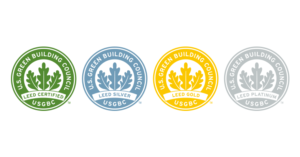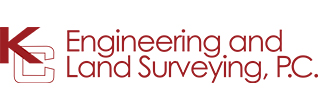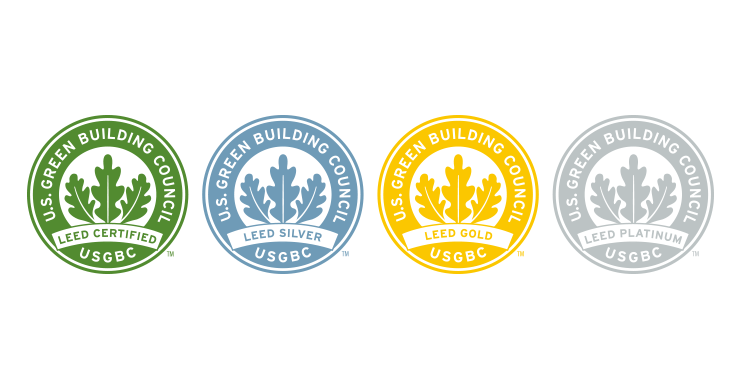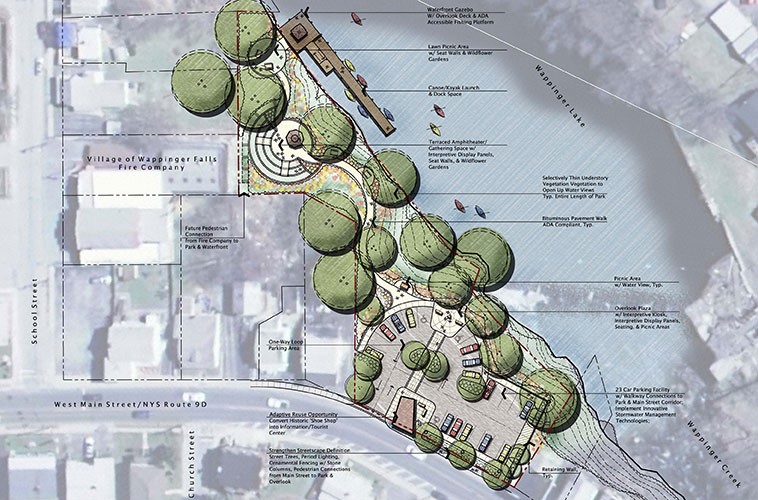
LEED, Leadership in Energy and Environmental Design, is a credit-based, green building certification program that indicates how environmentally conscious and conservative a building is. Established by the United States Green Building Council (USGBC) in the early 1990s, LEED had since undergone several drastic upgrades, the newest version being the LEED v4 rating system.
At minimum, a building needs only 40 points to become LEED certified, but the more points earned, the more prestigious the certification. LEED certified is the base certification, followed by LEED Silver, LEED Gold, and LEED Platinum certified.
Buildings can become LEED certified if several energy and environmentally friendly actions are taken during construction. Homes, schools, healthcare facilities, and retail stores all have the potential to become LEED certified, but don’t necessarily have to meet the same requirements as one another.
Actions like optimizing energy performance, having good construction waste management practices, and maximizing open spaces during site development earn a building points that have potential to eventually add up to be a LEED certification.
So, the question remains: Why should building owners seek LEED certification?
With principles like green engineering gaining popularity amidst worldwide pollution and climate change concerns, it’d certainly benefit companies to be recognized as a leader in sustainable energy. While companies themselves cannot be LEED certified, the buildings they operate out of can be, setting a standard for others and serving as an example of environmental efficiency in their communities.



